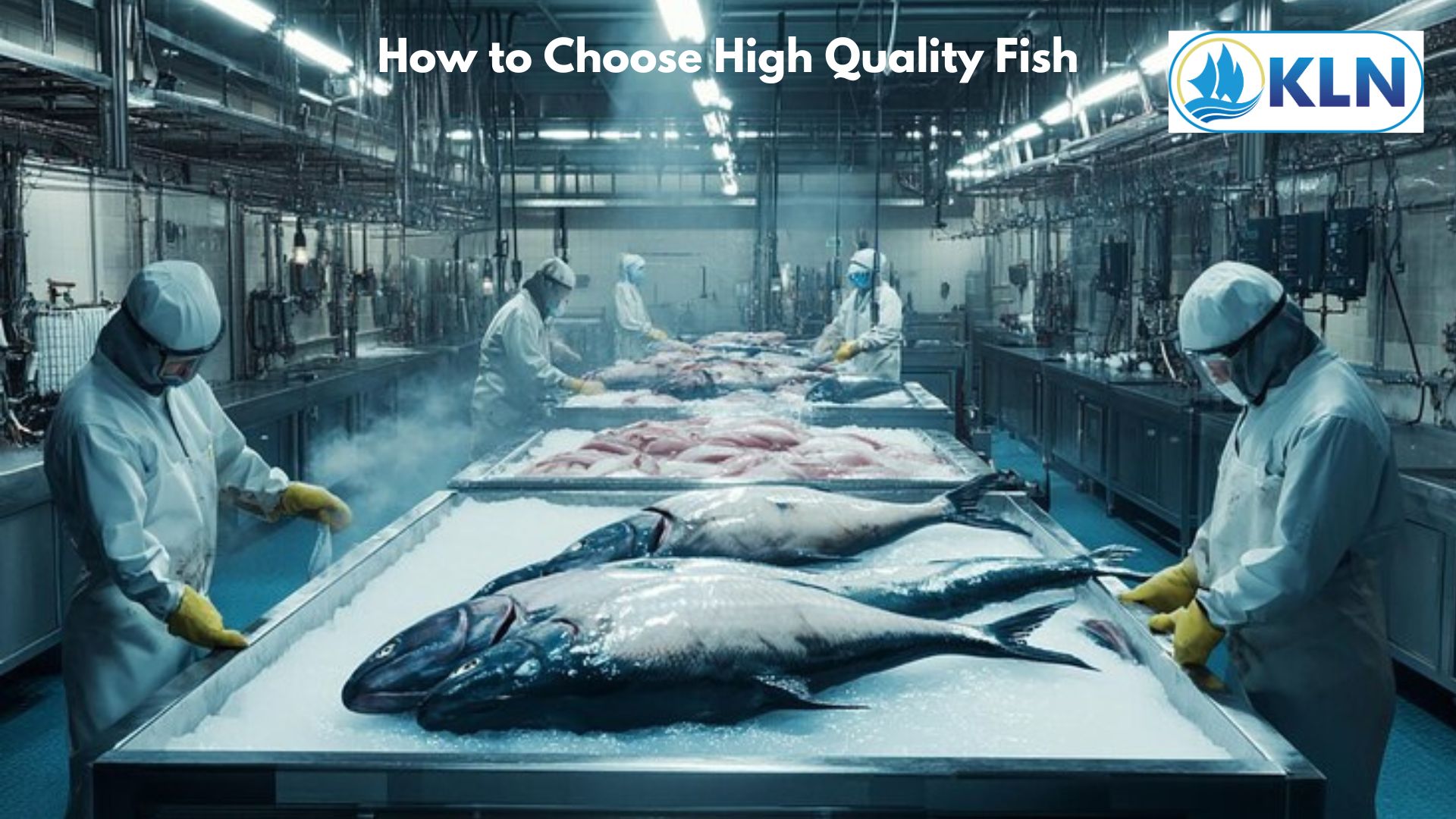How to Choose High Quality Fish
By. Najih - 24 Sep 2024
Selecting high-quality fish is essential for both taste and safety. Whether you’re shopping at a fish market or grocery store, knowing how to choose fresh and high-quality seafood can enhance your meals and ensure you get the best value. Here’s a comprehensive guide to help you make the right choice.
1. Check for Freshness
Smell
Fresh fish should have a mild, ocean-like aroma. Avoid fish with a strong, fishy smell, which can indicate spoilage.
Appearance
Look for fish with clear, bright eyes. Dull, sunken eyes are signs of aging. The skin should be shiny and moist, not dry or slimy. For fillets, check that the flesh is firm and translucent, not discolored or dry.
Gills
Examine the gills, which should be bright red or pink. Brown or gray gills indicate the fish is not fresh.
2. Feel and Texture
Firmness
Fresh fish should have firm, elastic flesh. Press the flesh with your finger; it should bounce back rather than leave an indentation. Soft or mushy flesh can be a sign of spoilage.
Scales
If buying whole fish, ensure the scales are intact and tightly attached. Loose or missing scales can indicate poor quality.
3. Source and Sustainability
Source
Buy from reputable fishmongers or markets known for their fresh seafood. Ask where the fish was sourced to ensure it comes from a trusted supplier.
Sustainability
Opt for seafood certified by organizations such as the Marine Stewardship Council (MSC) or the Aquaculture Stewardship Council (ASC). These certifications indicate that the fish is sourced responsibly and sustainably.
4. Frozen vs. Fresh
Fresh Fish
If you can purchase fresh fish, it’s often the best option for flavor and texture. However, ensure it is truly fresh by checking the indicators mentioned above.
Frozen Fish
When buying frozen fish, check that it is stored at a consistent, very low temperature and that there are no signs of freezer burn, such as ice crystals or discoloration.
5. Additional Tips
Ask Questions
Don’t hesitate to ask your fishmonger about the fish’s freshness and handling. They should be able to provide you with information about the product.
Timing
Purchase fish as close to the time of preparation as possible to maintain its quality.








